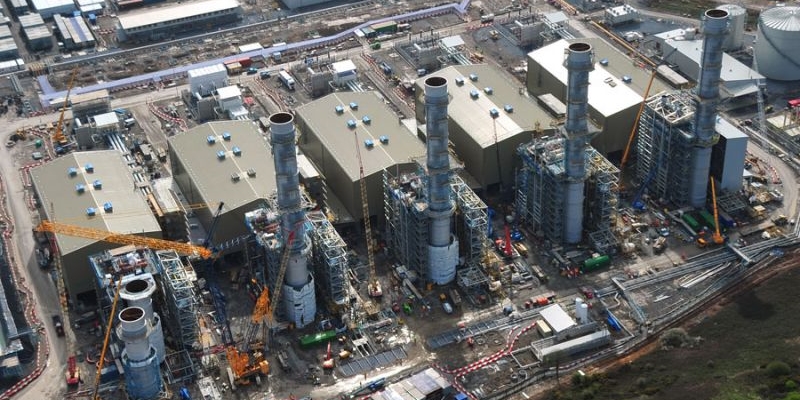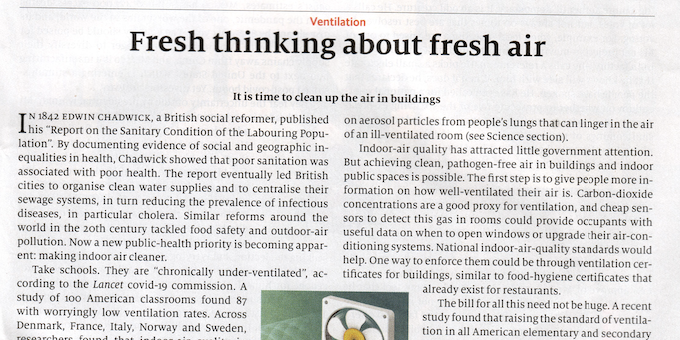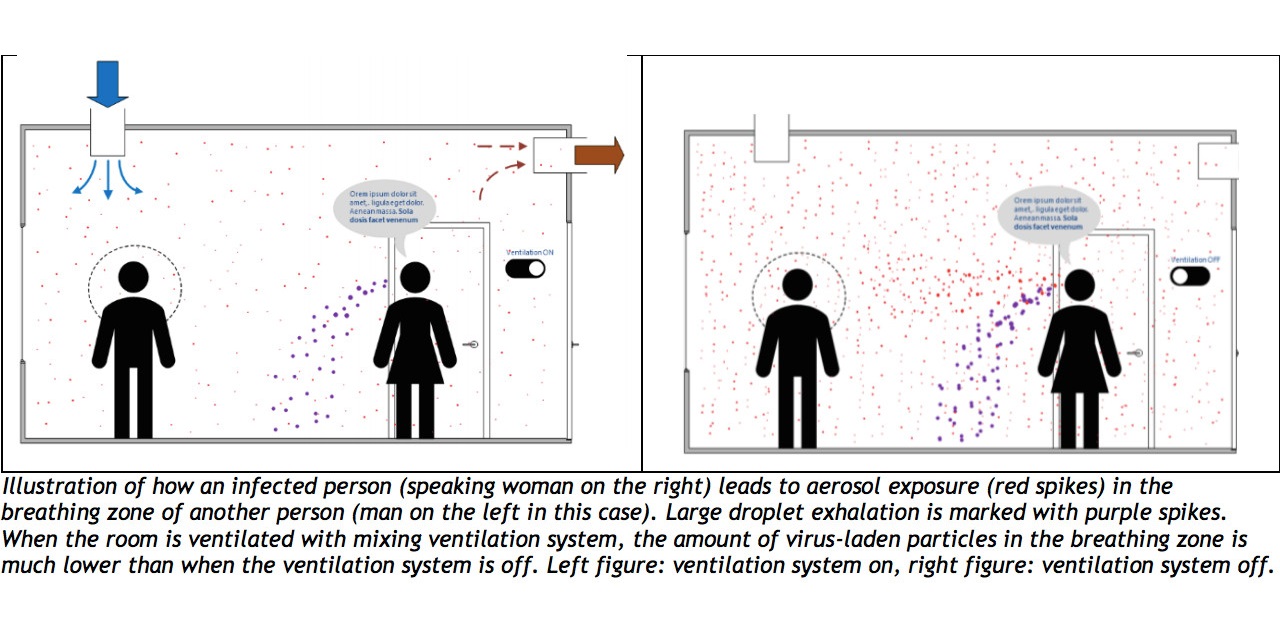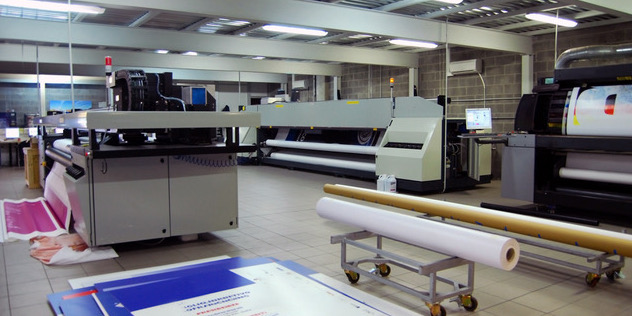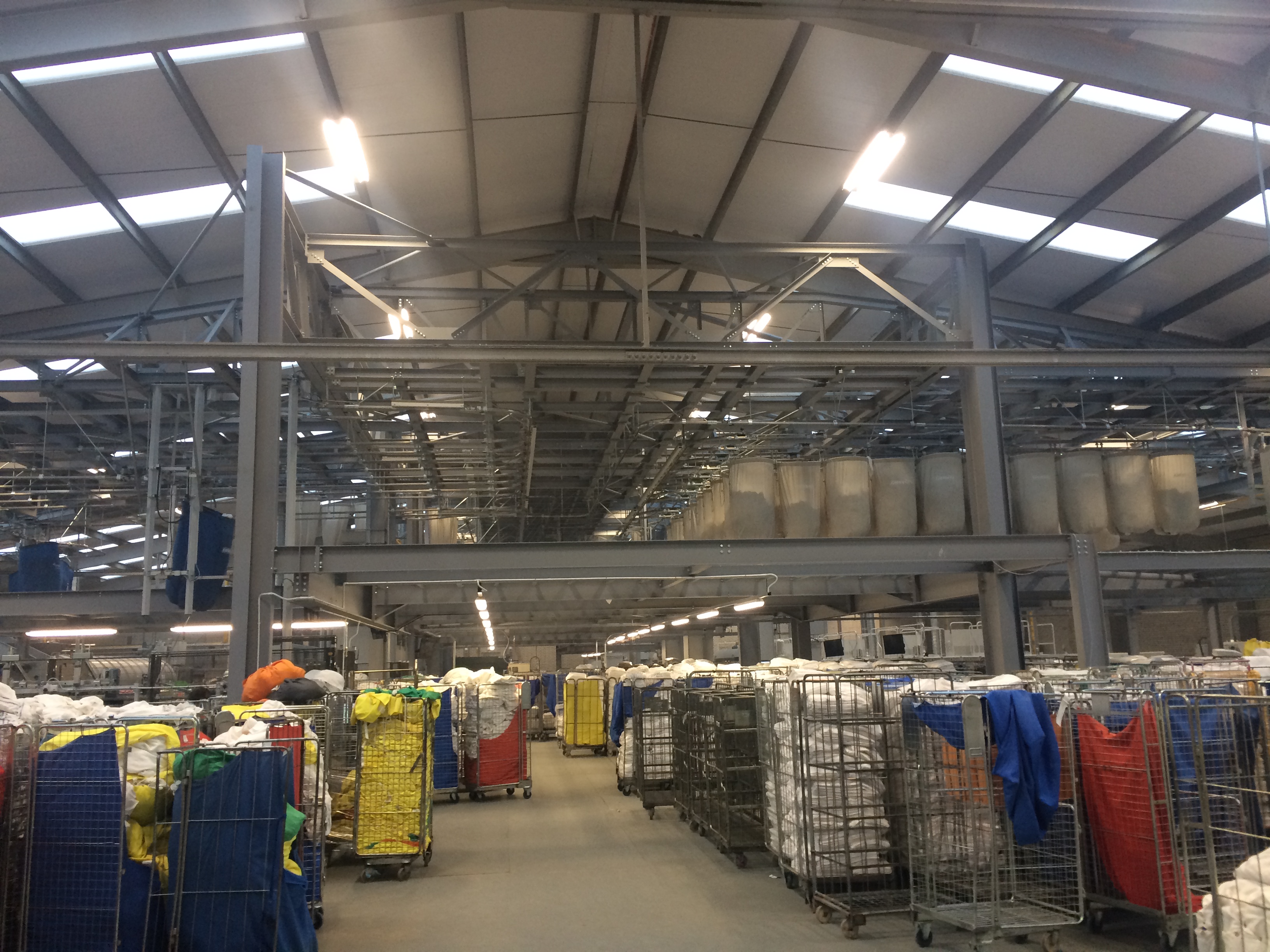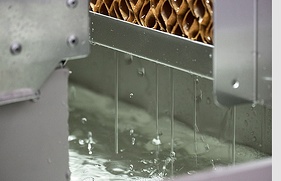To achieve the right temperature, humidity and air quality in a power plant whilst keeping costs low, you must understand the differences between natural ventilation systems and mechanical ventilation systems.
In the majority of power plant cases, natural ventilation is the ideal solution. In this blog post, we will explain why this is the case, and highlight cases where mechanical ventilation would be recommended.
Read More
